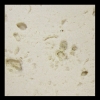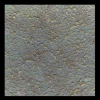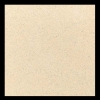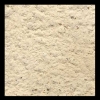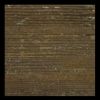Materials
- Translucent glass fiber
- GFRP
- GFRS
- GFRC
- GFRG
- Cast Stone
- Interior Cast Stone
- Coral and Fossil Stone
- StonePly
GFRP Products
GFRP Projects
- 1st Bank & Trust
- Atlantis Resort
- Canyon Creek
- Cheesecake Factory
- Children's Hospital
- Conecuh County
- Container Store
- Crescent Hotel
- Custer Methodist
- DBU
- Eastridge Mall
- Faith Chapel Christian
- Fiesta Texas
- Forney Community Park
- Gazebo of Light
- Greenville Sports Park
- Heidi's Deli
- Hershey Store
- Hollywood Casino
- Mirage
- Opryland, Florida
- Orange County Courthouse
- Palmilla Resort
- Pan Asia Bistro
- Portofino
- REI Round Rock
- San Jose State
- Shalimar
- Smithsonian
- Southlands
- St. Anthony
- St. Johns
- St. Michael
- Trustmark Bank
- Winstar World Casino
GFRP - Glass Fiber Reinforced Polymer
History:
First developed in the mid 1930's, Glass Fiber Reinforced Plastic (GFRP) has become a staple in the building industry. Originally used merely for the construction of parts, in 1967, the architectural advantages were discovered with the attempted destruction of Disneyland's "House of the Future." Built in 1956-7, the futuristic house was built entirely of fiberglass, and when the attraction was no longer deemed necessary, it was scheduled to be destroyed in 1967. Amazingly, the wrecking ball merely bounced off the structure, and the possibilities for GFRP were recognized and began to grow. By 1994, nearly 600 million pounds of composite materials were used in the building industry. Today, Stromberg Architectural provides a variety of products in GFRP to fit your building needs and aesthetic vision.
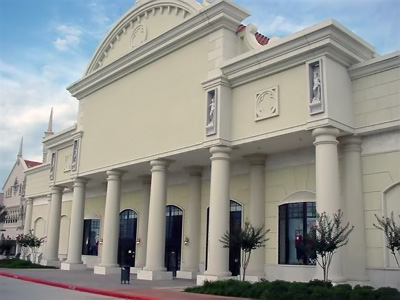
Fabrication:
Stromberg's in-house design and drafting teams work closely with you, the client, to capture your idea on paper. Once all the drawings have been approved, our sculptors carve a model to your specifications.
A mold is then made of fiberglass, steel, wood or rubber depending on the detail. Into this mold a carefully designed mix of polyester or epoxy resin is sprayed, along with alkali resistant glass fibers. Virtually any shape or form can be molded.
Applications
GFRP can be used for both interior and exterior fixtures in a variety of shapes, styles, and textures; in new buildings or restorative projects.
- Domes
- Fountains
- Columns
- Balustrade
- Planters
- Panels
- Sculpture
- Entryways
- Moldings
- Facades
- Cornice
- Porticos
- Cupolas
- Signs
- Roofs
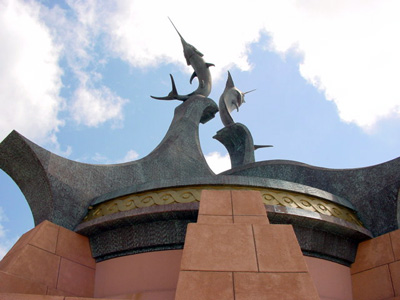
Why GFRP?
- High Strength
- GFRP has a very high strength to weight ratio
- Lightweight
- Low weights of 2 to 4 lbs. per square foot means faster installation, less structural framing, and lower shipping costs
- Resistance
- Resists salt water, chemicals, and the environment - unaffected by acid rain, salts, and most chemicals
- Seamless Construction
- Domes and cupolas are resined together to form a one-piece, watertight structure
- Able to Mold Complex Shapes
- Virtually any shape or form can be molded
- Low Maintenance
- Research shows no loss of laminate properties after 30 years
- Durability
- Stromberg GFRP stood up to category 5 hurricane Floyd with no damage, while nearby structures were destroyed
 Download GFRP brochure
Download GFRP brochure

